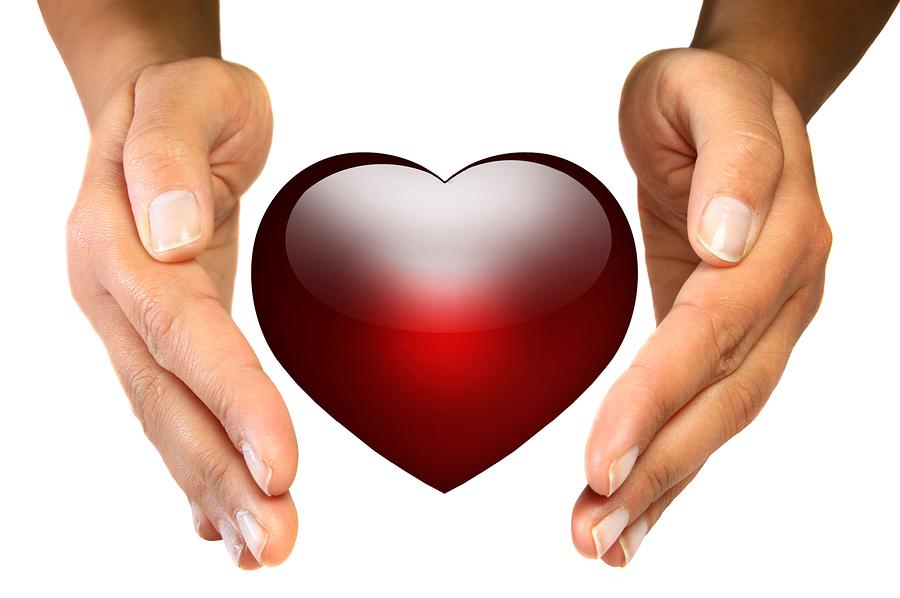Get Fit Quick with Interval Training
Interval training has exploded in popularity over the last few years with people using it for weight loss and for improving general fitness. It is heralded as one of the best ways for runners to increase their performance, both in terms of speed and stamina. Interval training is defined as a workout that alternates between periods of low intensity and high intensity exercise.
Read more
World Osteoporosis Day

Each year the day takes on a special theme and this years theme is ‘Serve Up Bone Strength’. Themes in past years have included awareness, early detection, bone health, risk factors, quality of life, nutrition and more!
Read more
Junk Food and Bone Health
The connection between junk food and poor bone development has been researched extensively with reports being presented in the popular journal, Osteoporosis International. The research has suggested that those who grow up within close proximity to several fast food establishments are more likely to consume junk food, and they have discovered a link between the presence of these food choices in the diet and poor bone development.
Whole Grains and Heart Health
Cardiovascular diseases are a leading killer all around the globe, claiming the lives of over 17 million people worldwide each year. That equates to three in every ten deaths. In the United States alone over 800,000 people die each year of this cause.
High Five for World Arthritis Day!

The term arthritis actually just refers to joint inflammation and describes more than 100 diseases and conditions that affect joints. Arthritis can affect anyone at anytime and is the leading cause of disability in the United States, with more 50 million adults and 30,000 children being affected. Common symptoms of arthritis include pain, swelling, stiffness, and decreased range of motion. There are many different types of arthritis and symptoms can range from mild to severe.
Read more
Calcium and Ageing: How Much is Enough?
As we age our risk of injury increases and we have to pay closer attention to how we take care of ourselves. Not only does it become more important to eat well and to exercise regularly, but we must also be more careful in general about the activities that we engage in. In order to protect ourselves from injury as we grow into our senior years, it is helpful to have a working knowledge of nutrition. This is because the nutrients that we consume play a huge role in maintaining our health, fitness and range of functions.
Running for Health and Happiness
We all know that regular cardio workouts are great for the body. They help us to lose weight, improve stamina and also to build and strengthen muscles in certain parts of the body!
Read more
Getting Started with Weightlifting
Choosing to get fit and exercise at home with dumbbells is a great way to improve your strength while building your muscles and physique. Doing so helps to combat the need to go to the gym, which not only saves you time when it comes to your fitness, but it also saves you money too as you are not paying for a monthly gym membership!
Read more
Orthopedic Bone Drilling

Through extensive research experts have determined that the best orthopedic drill is one that has a split point and a quick helix. It is important to cause as little thermal damage as possible when drilling through bone and this is a prime consideration during the design process. If the area around a drill hole experiences a dramatic rise in temperature than this can negatively affect the healing process and even cause permanent damage. Infection is another risk factor and it is known that blunt drill bits are often the culprit for this temperature increase occurring. The angle at which the drill is applied is also an essential consideration of this type of orthopedic surgery.
Read more
The History of the X-Ray










